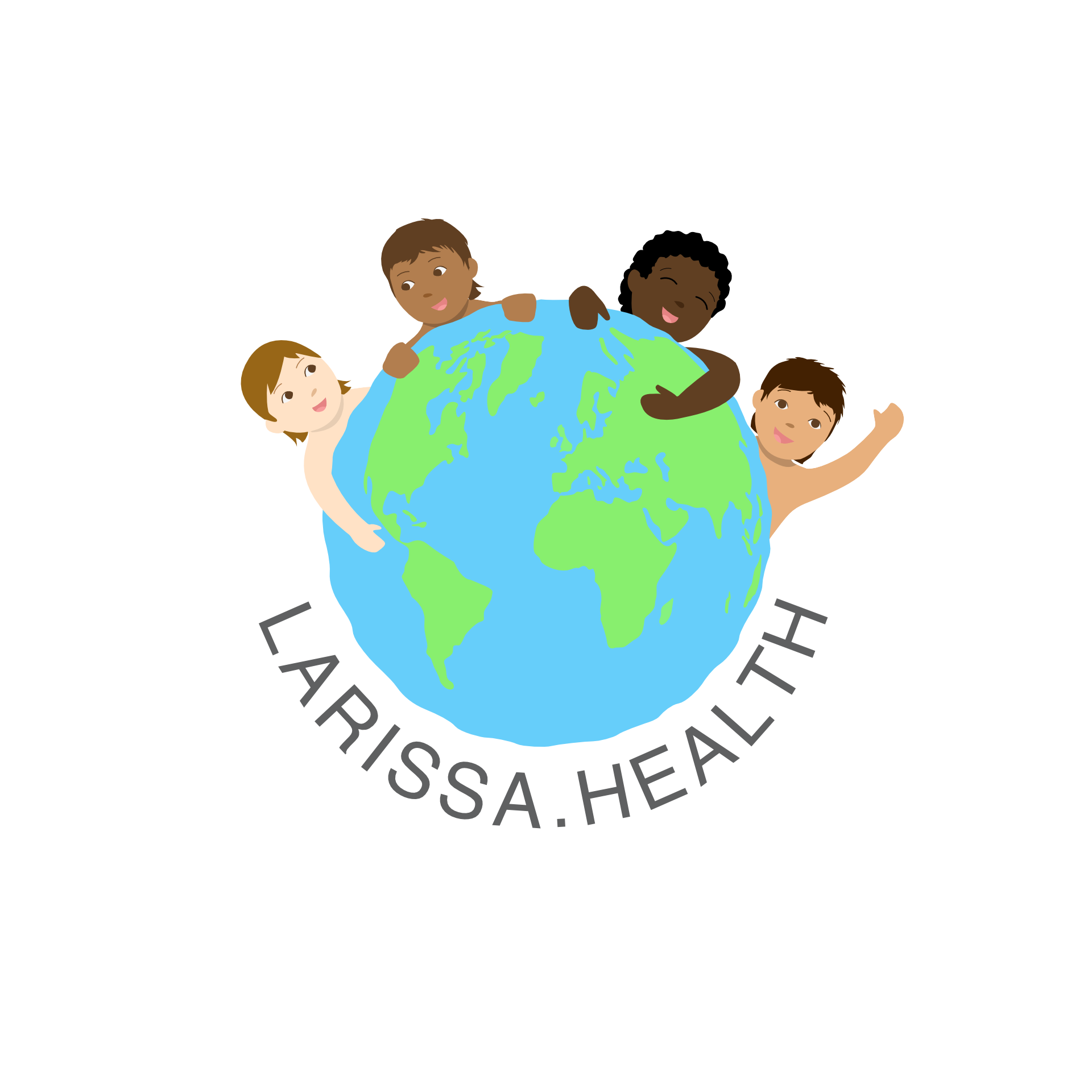Italy Faces Population Crisis as Birth Rate Plunges to Historic Low
Italy's birth rate hits a record low, sparking concerns of population collapse as the nation grapples with aging demographics and reduced fertility.
Italy's National Statistics Bureau (ISTAT) Household and Population projections - base 01/2021 report has raised alarm bells concerning a potential population collapse, as the country's birth rate hit a historic low in 2022. With fewer than seven newborns per 1,000 inhabitants, the population shrank by 179,000, reaching 58.85 million. This decline comes despite the fact that the newly elected Prime Minister, Giorgia Meloni, had emphasized addressing the population problem as a key campaign issue.
The ISTAT report revealed that there were only 392,600 births in Italy in 2022, a significant drop from the 400,249 recorded in the previous year. This decline marks the first time that the number of births has fallen below 400,000. Since 2008, Italy's population has been on a downward trajectory, with the number of deaths (12 per 1,000) significantly outpacing the number of births (7 per 1,000) in 2022.
 Image by Christopher Cerzmak
Image by Christopher Cerzmak
According to the report, one of the main factors contributing to this decline is the reduction and aging of the female population in the 15-49 age group, which is conventionally considered to be the reproductive age range. The fertility rate for Italian women decreased to 1.24 in 2022, down from 1.25 in 2021. This decline was particularly evident in the central and northern regions of the country.
While the population decline did slow down moderately compared to the preceding two years, experts argue that this is due to the heavy impact of the COVID-19 pandemic on those years. On a positive note, the population of centenarians (those aged 100 or above) increased by more than 2,000 compared to 2021.
The troubling figures might have been even worse if not for the contribution of immigrants. In 2022, the number of immigrants exceeded that of emigrants by 229,000, compared to 160,000 in 2021. In total, foreigners represented 8.6% of Italy's population, or 5.05 million people.
Italy is not the only nation grappling with a declining birth rate and the associated existential crisis. In Japan, a close aide to Prime Minister Fumio Kishida has warned that the country might cease to exist if the current trend of falling birth rates continues. Masako Mori highlighted the potential harm to future generations if the situation is not addressed. The Japanese Prime Minister has called for urgent action on child-focused policies and support for child-rearing, emphasizing that these issues cannot be postponed.
One potential solution for countries facing population decline could be inspired by China's incentivized three-child policy, which seeks to encourage a higher birth rate. As Italy and other nations with declining populations confront this challenge, they will need to consider innovative policies and programs that support families and encourage an increase in the number of births. This issue has far-reaching implications not only for individual countries but also for the global community as demographic shifts continue to reshape societies worldwide.
In light of these findings, it is evident that Italy's new Prime Minister faces a daunting challenge in addressing the country's population problem. With the historic low birth rate posing an imminent threat of population collapse, it is crucial for Italy to explore various policy options to encourage an increase in births and maintain a sustainable population.





